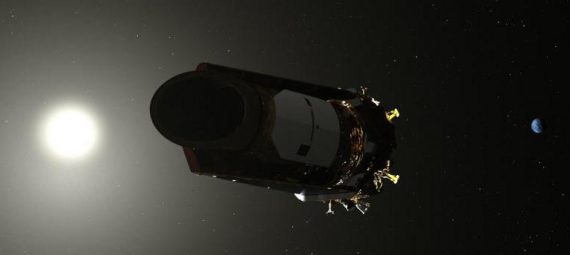Kepler was launched by NASA in the year 2009 and was loaded with fuel enough for it to fly for over six years. But, Kepler surprised NASA as it outperformed NASA’s expectations and collected data in deep space for over 9 years. Its work included over 2600 exoplanet discoveries reported NASA.
As per NASA’s associate administrator Thomas Zurbuchen, Kepler did a fantastic job and has paved the way for searching life in the solar system and beyond it. He stated that Kepler not only did inform NASA about the number of planets out there but also led to an entire new research field that has made waves in the space research community. The discoveries of Kepler have unveiled a lot of mysteries and unlocked many possibilities.
Though in 2013, when Kepler’s stabilizing equipment started malfunctioning, NASA did think for once that Kepler’s time was up and that it was doomed. But, NASA then figured out a fix by using sunlight to stabilize it. After this began another mission called K2 with Kepler and thus started the K2 phase Where-in it continued its search for cosmic objects as well as phenomena including asteroids, comets and far away supernova explosions.
Later in the month of April, a successor spacecraft to Kepler called the NASA’s transiting Exoplanet survey satellite or TESS, based on Kepler’s foundation was launched. As per NASA’s scientist Padi Boyd, Kepler’s mission is nothing less than stunning successful and that the now-retired telescope has shown us that there are many planets with possibilities of life in our galaxy and more exploration is needed.
Well, after a long, unexpected and stunning haul of almost a decade this telescope has ran out of fuel and retired, giving way for umpteen more discoveries by its successors.
*Sourced from the Internet

